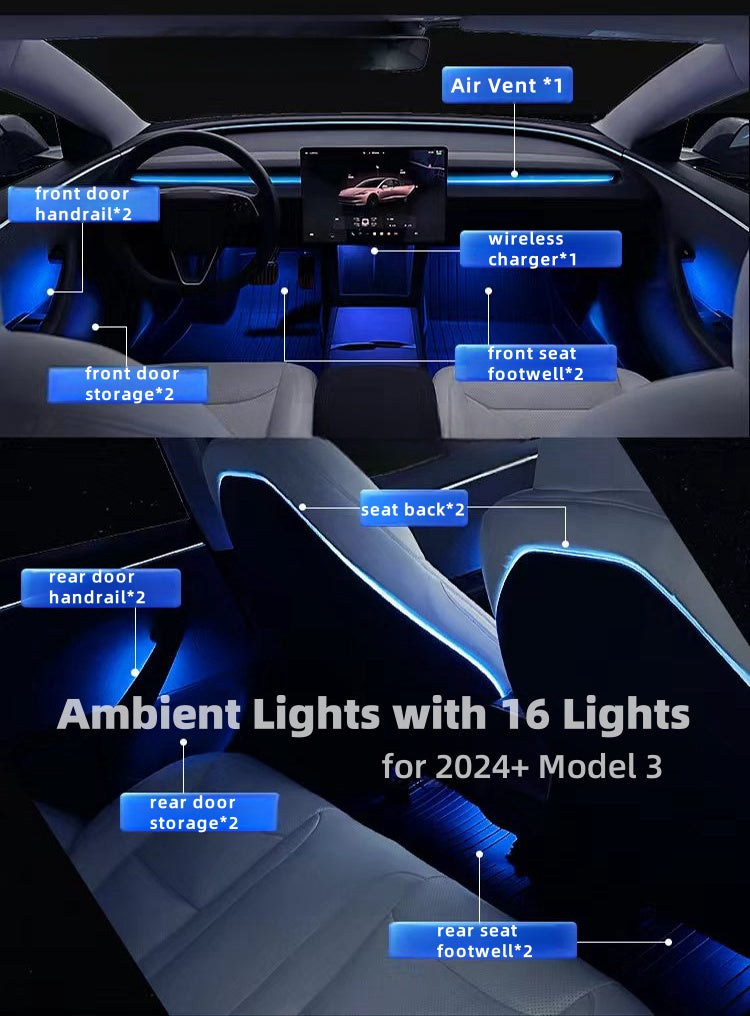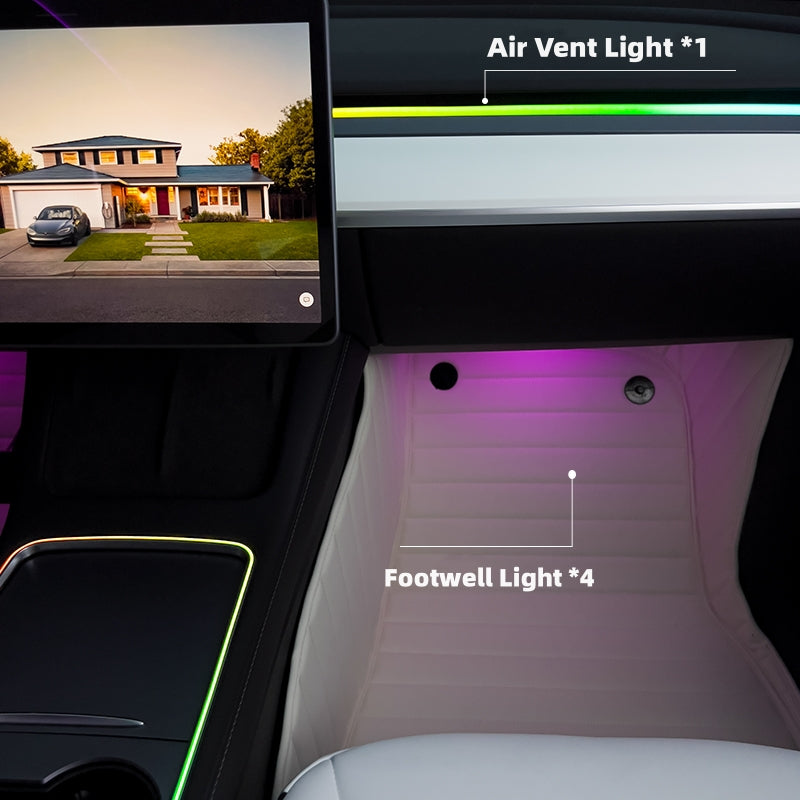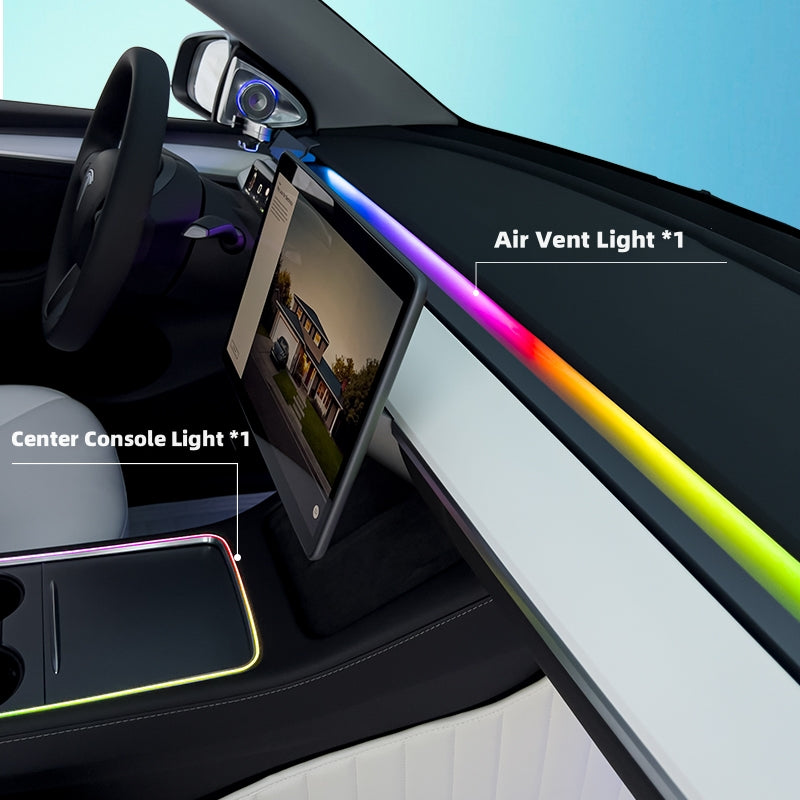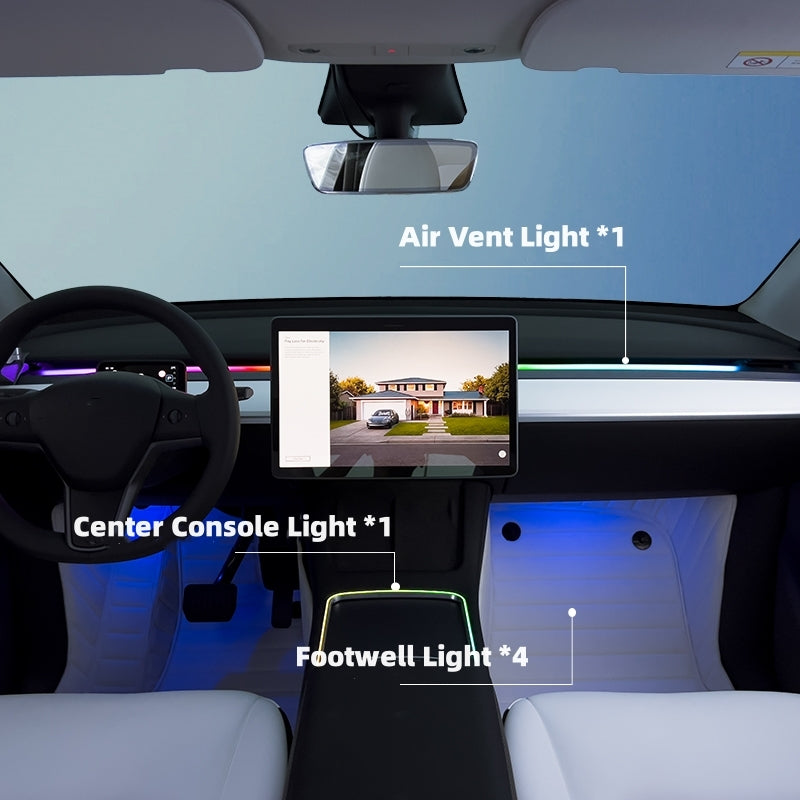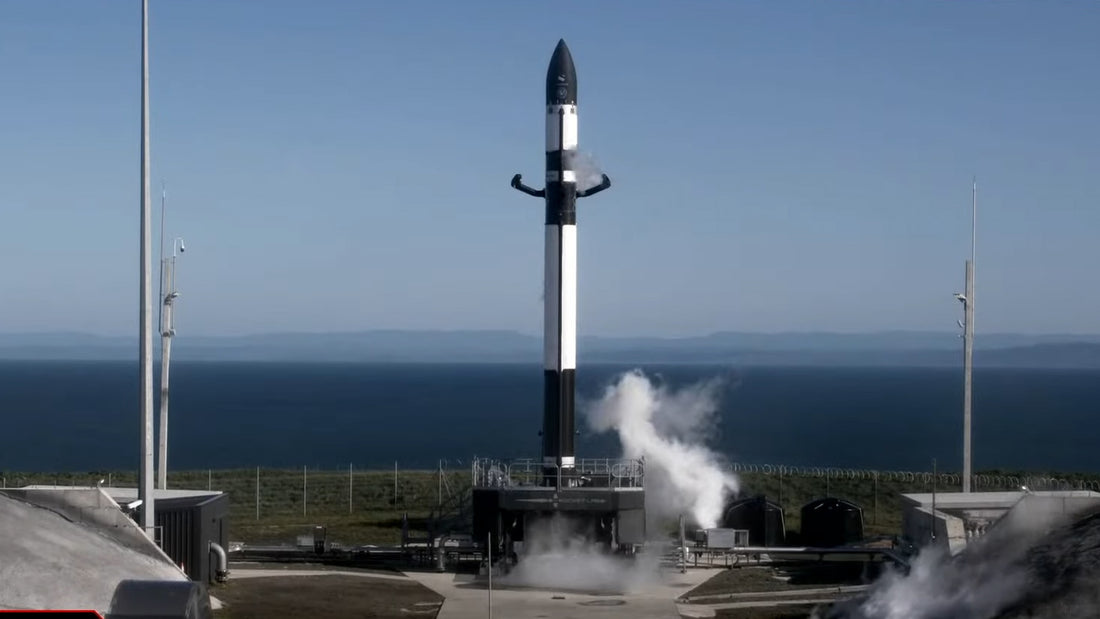
Rocket Lab is gearing up for the "Owl Night Long" mission.
Rocket Lab is aiming for a launch no sooner than Wednesday, March 13th, to send Synspectives’ Strix-3 satellite into a Sun-synchronous orbit from Pad B at Launch Complex 1 on the Mahia Peninsula in New Zealand.
The launch windows span 75 minutes, opening at 03:00 NZDT (14:00 UTC), and the launch period extends until March 22nd if there are any weather or technical hindrances on the 13th. This marks the fourth mission dedicated to deploying Synspective synthetic aperture radar (SAR) satellites, following missions in December 2020 ("The Owl’s Night Begins"), February 2022 ("The Owl’s Night Continues"), and September 2022 ("The Owl Spreads Its Wings"). In 2023, Rocket Lab and Synspective announced an expanded contract for six dedicated launches.
Each satellite weighs approximately 100 kg (220 lbs) and benefits from Rocket Lab’s increased fairing capability. Capable of acquiring ground resolution data of 1 to 3 meters over a swath of 10-30 kilometers, these satellites offer all-weather capability. Synspective aims to have a constellation of 30 SAR satellites in orbit by the decade's end, with an expected lifespan of 5 years per satellite.
Rocket Lab will not attempt to recover the Electron first stage during this launch. The company has been utilizing flight-proven Rutherford first-stage engines on various missions, though it's uncertain if this Electron will feature a reused engine.
This marks Rocket Lab's third flight of the year, with the fourth scheduled for no earlier than March 20th to launch a classified payload for the National Reconnaissance Office from Wallops, Virginia.
Note: Richard Angle does not hold shares in RKLB.
-------The article excerpted from TESLARATI.



